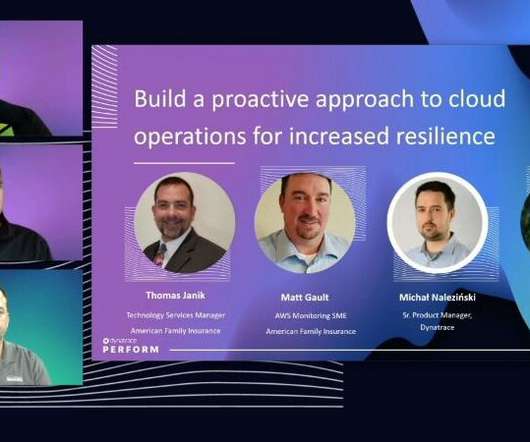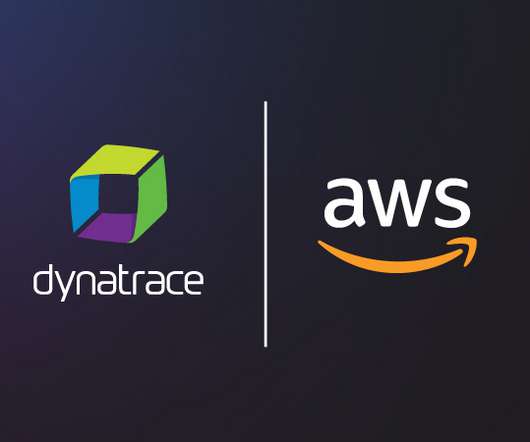How to maximize serverless benefits and overcome its challenges
Dynatrace
OCTOBER 10, 2022
However, not all cloud strategies are the same. Some organizations prefer a serverless approach. Serverless computing provides on-demand access to back-end services on a per-use basis. While serverless benefits have driven substantial market growth over the past few years, there are also disadvantages to serverless computing.














Let's personalize your content